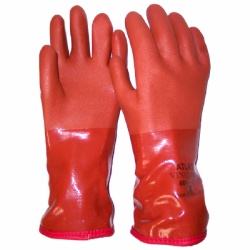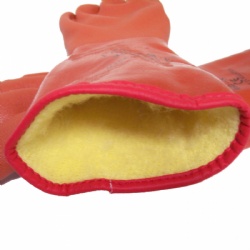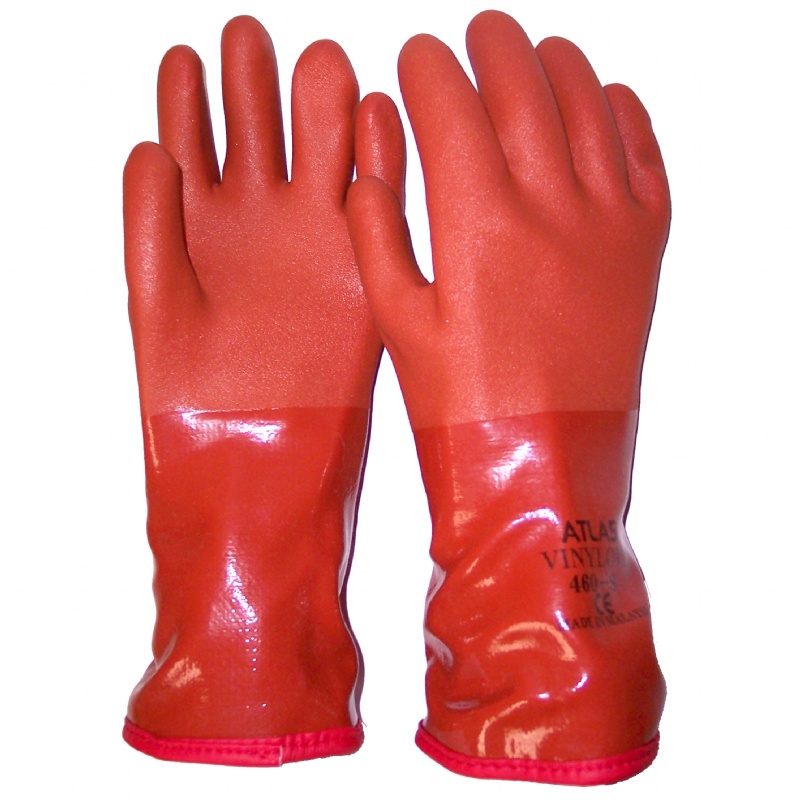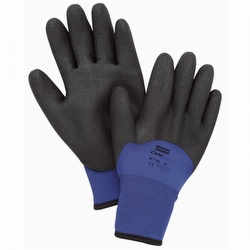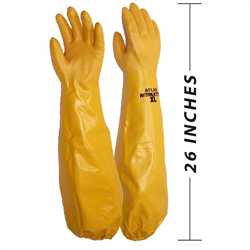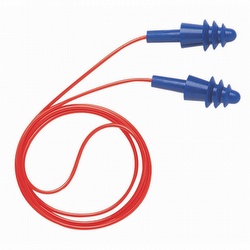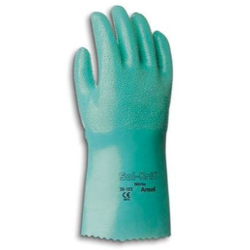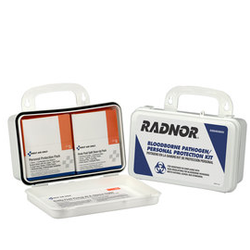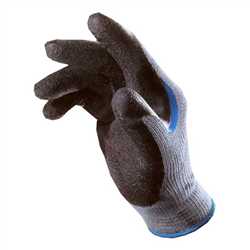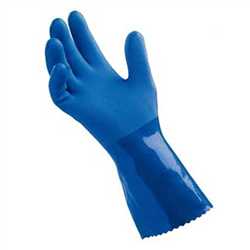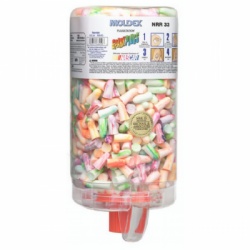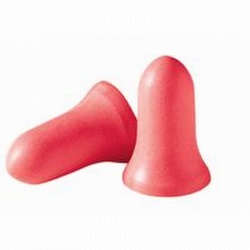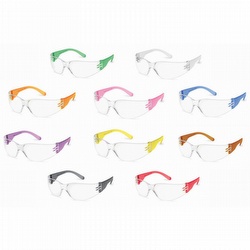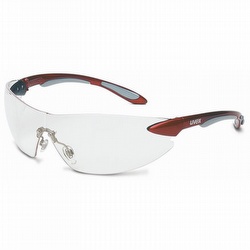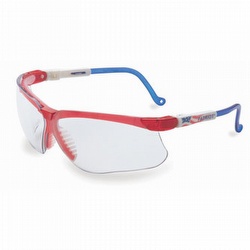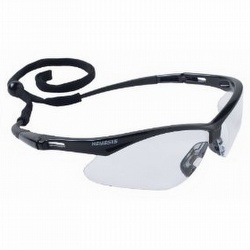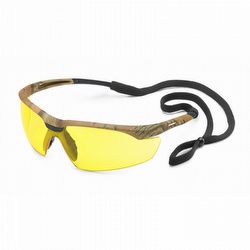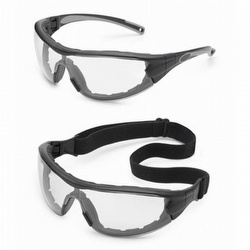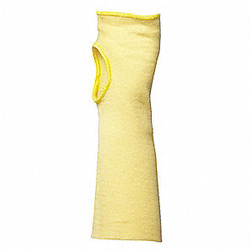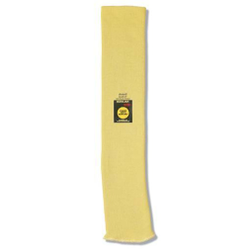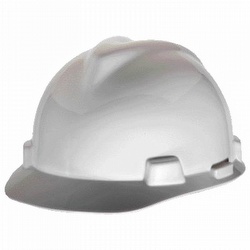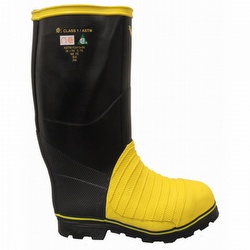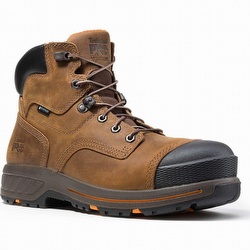
Measure your hand to get the ATLAS Glove custom fit.
To find out your glove size, measure (in inches) around your hand with a tape measure at the place indicated on the diagram shown at right. Use the measurements below to determine your proper size for PVC work gloves.
|
| Chemical Resistance Guide for ATLAS 460 PVC Gloves | |||
| Excellent | Good | Acceptable | Not Recommended |
| ABS DETERGENT ACETIC ACID AMMONIA LIQUID 28% BUTHYL ALCOHOL DIOCYL PHTHALATE ETHYL ALCOHOL ETHYLENE SULFOXIDE GLYCERIN HYDROCHLORIC ACID 20% HYDROCHLORIC ACID 37% HYDROGEN PEROXIDE KEROSENE NAPTHA NITRIC ACID 20% OLEIC ACID PHOSPHORIC ACID POTASSIUM HYDROXIDE SODIUM HYDROXIDE 20% STODDARD SOLVENT SULPHURIC ACID 20% |
ANILINE DIETHYL PHTHALATE GASOLINE HYDROFLOURIC ACID 48% ISOPROPYL ALCOHOL METHYL ALCOHOL NITRIC ACID 66% SULPHURIC ACID 80% |
PENTANE | ACETALDEHYDE ACETONE BENZENE DIMETHYL GLYCOL DMF METHYL BUTHYL KETONE METHYL ETHYL KETONE METHYLENE CHLORIDE TOLUENE TRICHLORETHYLENE XYLENE |
| This Chemical Resistance Guide should only be used as a general guide. Resistance is affected by factors such as temperature, concentration, etc. Atlas recommends that a suitability test be performed prior to using Atlas insulated gloves. Permeation of chemicals through orange PVC gloves may not be visible to the wearer. Holes, punctures or slices in a glove would render it useless against chemical or fluid penetration. Air test gloves prior to use to check for holes. Some chemicals have not been tested on these Atlas insulated gloves. | |||

